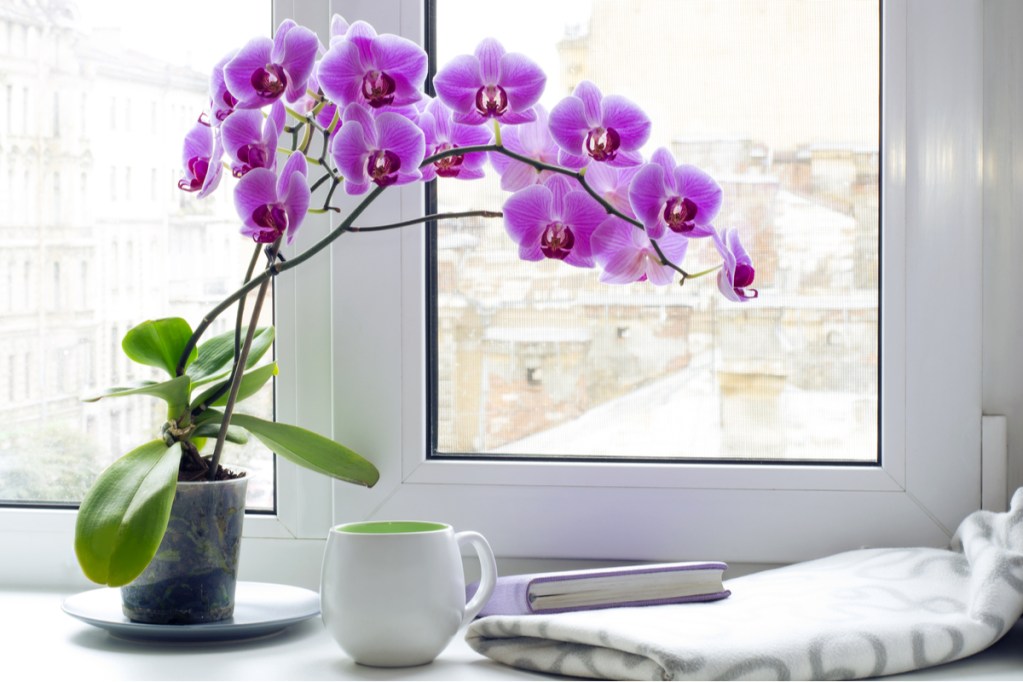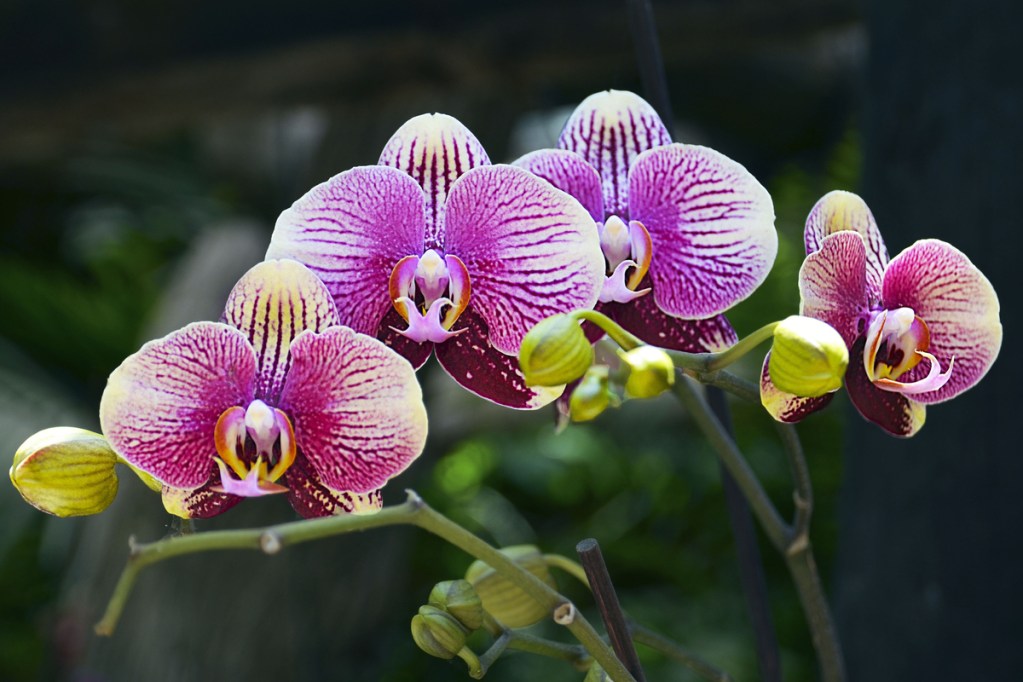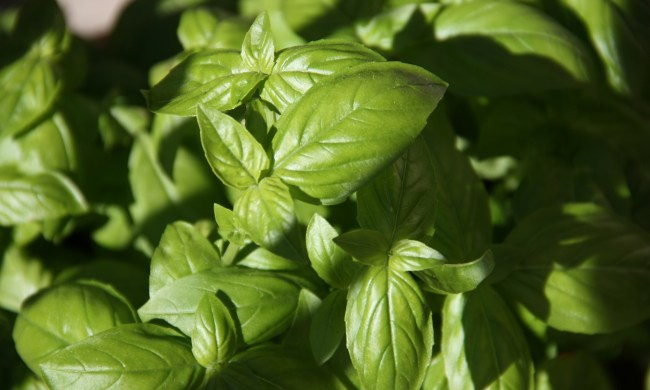
Orchids are unique and fascinating flowers, and they come in a wide variety of sizes, shapes, and colors. While they have a reputation for being tricky to care for, growing orchids indoors can be a fun and rewarding experience. The only question is — what kind of orchid should you grow? We’ve assembled our five favorite types of orchids to help you decide. One of these five types of orchids is sure to be a great fit for you and your home, whether you’re a beginner or an expert looking for a new challenge.
Moth orchid

Moth orchids are one of the more commonly grown orchid varieties, so you’re most likely already at least a little familiar with them. They have long, narrow, curved stems, wide leaves that are typically dark green, and broad flowers that can be any number of colors, including two-toned or variegated.
These orchids have fairly straightforward care requirements and are readily available at many nurseries, garden stores, and online. Place your moth orchid in bright, indirect light and water it once a week or whenever the soil is dry. If the stem of your orchid curves too much, or the weight of the flowers is dragging the stem down, you can give it some stability by tying it loosely to a garden stake.
Dendrobium orchid

Dendrobium orchids are a great choice if you want an orchid you can have indoors and outdoors. Despite their delicate appearance, dendrobium orchids are surprisingly tough, provided they have some shelter from the sun. Keep your dendrobium in bright, indirect light, and water it whenever the soil dries out. Typically, this is once or twice per week.
The dendrobium is a large genus with a ton of variety, so you can collect many dendrobium orchids and never get bored. From relatively tall and leafy stems to thin stems with tiny flowers, exploring all the options available can be an adventure in its own right.
Cattleya orchid

Cattleya orchids are known for their ruffled flower shape, similar to that of a daffodil. Sometimes called the queen of orchids, these stunning flowers are native to South America and are sensitive to the cold. While the genus may not be quite as large as dendrobium, there are still quite a few options when it comes to colors and patterns of your cattleya orchid. The most common colors are yellow and purple, with some two-toned varieties as well.
Water your cattleya orchid only when the soil is drying out, and keep it away from drafts. Bright indirect or diffused light is ideal for these orchids, as they are adapted to growing in the canopies of trees where they would be mostly shielded by leaves. Consider hanging up a sheer curtain to protect your orchid from direct sunlight.
Boat orchid

Boat orchids, named for their petal shape, are a gorgeous orchid genus that typically has large flowers. These flowers come in a range of colors, including many varieties that are speckled or variegated. If you’ve grown more typical orchids in the past and are looking for something particularly striking, boat orchids may be the perfect fit. Their smooth colors and interesting shapes create a unique display, even among orchids.
Care for boat orchids is similar to other types of orchids. They need bright, indirect light or partial shade and regular watering. Water them more often during hot weather and less often during cool weather for the best results. When it comes to foliage, boat orchids have many different kinds. Some boat orchids have very few leaves, while others have many leaves.
Epidendrum orchid

Epidendrum orchids are known for their vibrant orange flowers and habit of repeated blooming. This genus is another large one, so there’s plenty of variety to be had, but the most common epidendrum orchids are orange, red, or pink, with clusters or small or medium flowers and plenty of leaves. They almost resemble butterfly weed flowers, and they’re a fantastic way to brighten up shady rooms.
Caring for epidendrum orchids isn’t difficult if you’ve cared for other types of orchids. Place them in bright, indirect light and avoid putting them in direct light. Orchids can become sunburned if they receive too much direct sunlight. Water your epidendrum orchid regularly, especially during hot weather.
These five types of orchids are excellent places to start if you’ve never cared for an orchid before, and their beautiful flowers make them well worth the effort it takes to keep them happy and healthy. Whether you’re looking for a single orchid to keep as a desk plant or want a house full of orchids, you can’t go wrong with one of these five orchids.



